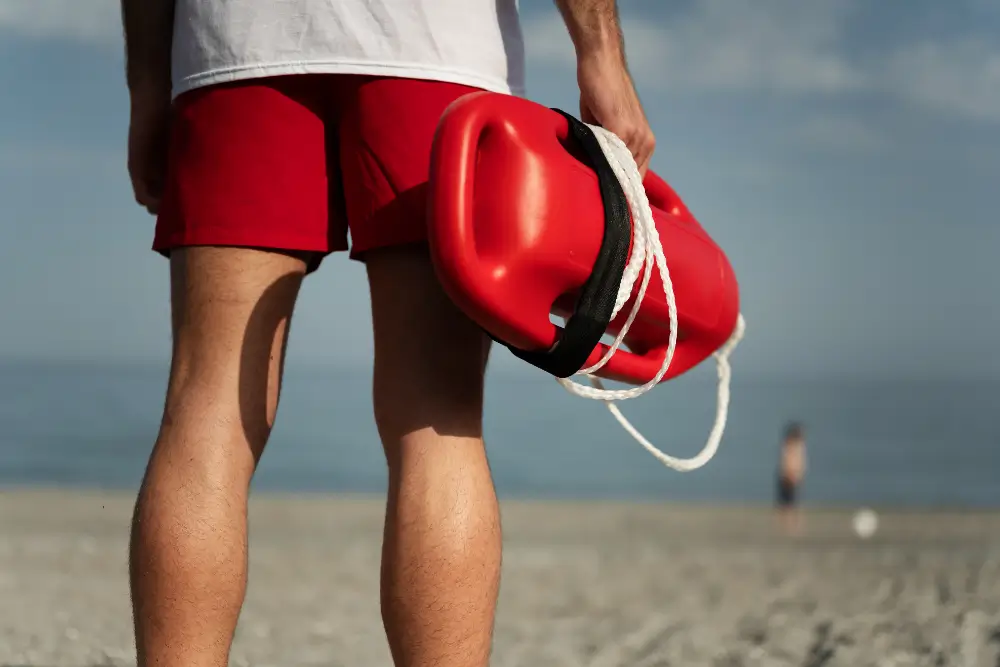What to Do If a Boating Accident Involves an Injury Requiring Medical Treatment
A day out on the water can quickly become a nightmare with just one sudden event—a boating accident. Do you know exactly what to do if a boating accident involves an injury requiring medical treatment? Your immediate response can determine whether the outcome is recovery or tragedy. Keep reading to discover essential steps that could save a life and protect your legal rights.
Consult doctors for car accidents to treat your boating injury

How Can a Boating Accident Lead to Serious Injuries Requiring Treatment?
Boating accidents can cause severe, often catastrophic, injuries requiring immediate medical attention. These incidents commonly result from unsafe conditions such as wet and slippery surfaces, unexpected obstacles, or inadequate maintenance of boats and marine platforms. When a slip or fall accident occurs, injuries can be unexpectedly severe.
Injuries from boating accidents can drastically alter victims’ lives, affecting their ability to work and perform daily activities. Consequences can include:
- Loss of ability to earn a living.
- Difficulty with daily activities.
- Need for prolonged or specialized medical treatment.
These injuries can pose significant economic and emotional challenges for victims and their families.
Assess the severity of the injuries
In boating accidents, the severity of injuries can vary considerably—ranging widely in seriousness, from minor bruises, severe harm, even death. Below are some of the most common injuries:
| Type of Injury | Brief Description |
| Drowning | Lack of oxygen caused by immersion in water. |
| Traumatic brain injuries | Brain damage from violent impacts or shaking. |
| Spinal cord injuries | Damage to the spinal cord potentially causing paralysis. |
| Fractures | Broken bones due to impacts or falls. |
| Lacerations | Deep cuts or tears in the skin. |
| Crush injuries | Damage caused by heavy object pressure. |
| Amputations | Loss of limbs due to severe injuries. |
| Whiplash | Soft tissue damage in the neck caused by sudden movements. |
| Falls overboard | Falling from the boat into the water. |
| Collision injuries | Injuries from boat-to-boat impacts. |
Factors affecting injury severity:
Several factors determine the seriousness of injuries sustained in boating accidents, including:
- Type of accident: Collisions, shipwrecks, fires.
- Boat speed: Higher speed increases impact severity.
- Water conditions: Strong currents, high waves, extreme temperatures.
- Exposure time in water: Prolonged exposure increases hypothermia or drowning risks.
- Use of safety equipment: Life jackets, helmets, etc.
- Pre-existing health conditions: Can complicate recovery.
Secure the area to prevent further accidents
To prevent additional accidents after a boating incident, immediately secure the accident scene by taking these essential steps:
- Keep emergency signals activated: Ensure emergency signals remain on to alert others about the incident.
- Remove victims from danger: Carefully move injured individuals away from immediate danger to avoid worsening their injuries.
These prompt, organized actions guarantee the safety of victims and rescue personnel, preventing the incident from escalating.
Provide first aid if necessary
If a boating accident injury requires medical attention, provide appropriate first aid. Evaluate the situation first, stay calm, and act within your capabilities. Your safety and that of the injured person are the priority.
Specific first aid procedures:
| Issue | Recommended Action |
| Vital signs | Check breathing and pulse. |
| Bleeding | Firmly press the wound with a clean cloth. |
| Suspected fractures | Immobilize the area with bandages or splints. |
| Hypothermia risk | Cover the person with a blanket or warm clothing. |
Psychological and emotional support: Calm the injured person and reassure them you are there to help.
Following these steps will allow you to safely and effectively administer first aid, protecting the injured person until professional help arrives.
Follow the instructions of healthcare professionals
Always follow instructions provided by authorities and healthcare professionals. Below are clearly detailed steps for managing such situations:
- Stop the boat: Turn off the engine and safely stop the boat to avoid collisions and clearly assess the situation.
- Evaluate the situation: Check the safety of all passengers and the boat’s integrity. Identify injuries and visible damage.
- Request help: If assistance is required, immediately contact maritime authorities or the coast guard. Provide the accident’s exact location, specific accident details, and the total number of people onboard.
Following these recommendations and instructions provided by healthcare professionals and authorities will facilitate timely and effective medical care for those affected.
Next Steps for Ongoing Care and Recovery
After a boating accident, your first priority is ensuring immediate safety. Gather all available safety equipment, including life jackets, and move everyone onboard to the deck, ensuring everyone stays safe.
A fully stocked first-aid kit onboard helps provide adequate initial assistance. Remember, if you’re involved in a boating accident, you are obligated to assist others involved as safely as possible.
Exchange relevant information promptly with all involved parties. These actions help streamline medical care, ongoing recovery, and any necessary legal or administrative processes following the incident.
Sources:
- McKnight, A. J., Becker, W. W., Pettit, A. J., & McKnight, A. S. (2007). Human error in recreational boating. Accident Analysis & Prevention, 39(2), 398-405.
- Guard, U. C. (2017). Recreational boating statistics. US Department of Homeland Security: Washington, DC, USA.